
The Print Screen or PrtScn key is a useful function key for Windows users. If you don’t know what this key is and how to use it, this is the guide for you! The following are information about what the PrtScn key is and a list of ways we’ve put together to help you use this key.
What is the PrtScn/Print Screen key?
The Print Screen or PrtScn key on your keyboard is a key that helps you take a screenshot on your Windows operating system. You can screenshot the whole screen of your system with this key. And combined with other keys, PrtScn can also help you capture a certain part of your screen.
How to use the PrtScn/Print Screen key?
You may not have to try them all; just choose the one that best suits your need.
- Take a screenshot of the whole screen
- Take a screenshot of the active window
- BONUS TIP: Take a custom screenshot
1. Take a screenshot of the whole screen
To capture the entire system screen using the PrtScn key:
- Press the Print Screen or PrtScn key on your keyboard (to capture the entire screen and save it to the clipboard on your computer).
If your PrtScn key has “Print Screen” or “PrtScn” located under another line of text, you should hold down the Fn key on your keyboard before pressing the Print Screen key.

- Click the Start button in the lower left corner of your screen and type “paint“. Then open the Paint application in the results. (Or you can open the graphics editing program you prefer.)
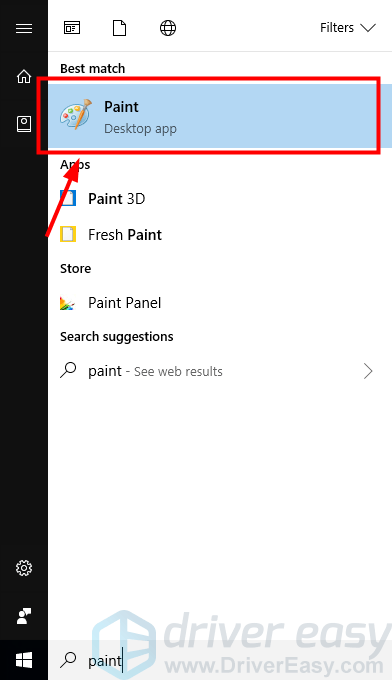
- Paste the screenshot to the program (press the Ctrl and V keys on your keyboard at the same time).
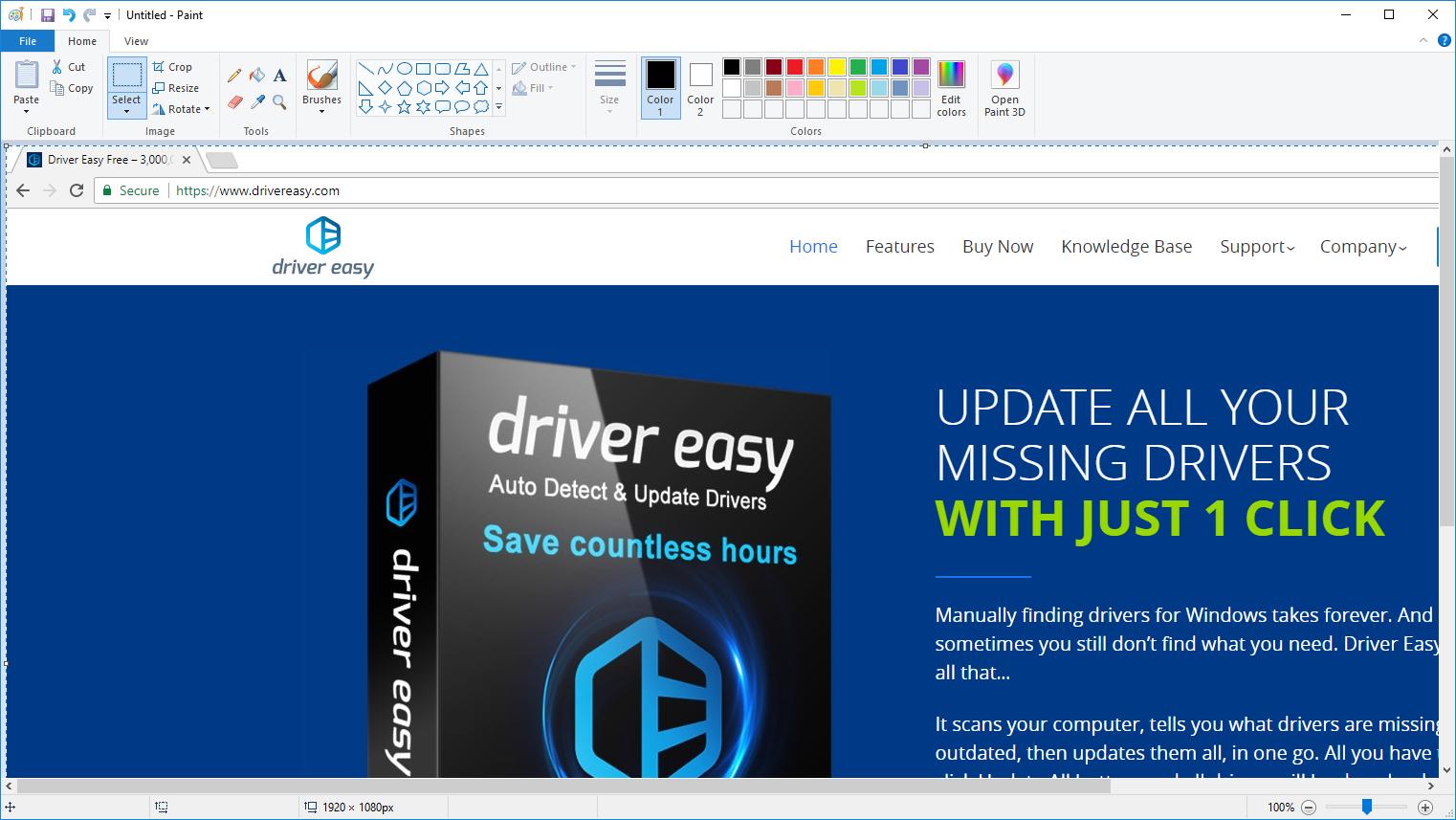
- Click Save to save the screenshot as an image on your computer.
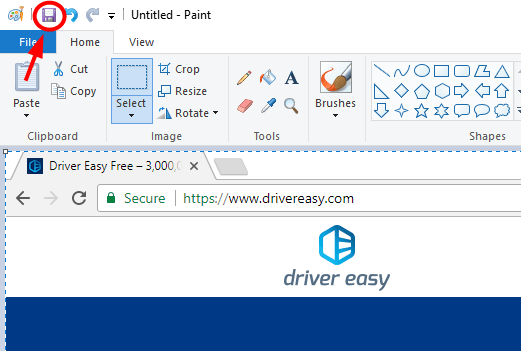
That’s it. You took a screenshot of the whole screen and saved it on your computer!
If you’re on Windows 8/10, there’s a simpler method to use PrtScn:
- Press the Windows logo or Win key and the Print Screen or PrtScn key on your keyboard at the same time. (Your screen will dim for a moment.)
If your PrtScn key has “Print Screen” or “PrtScn” located under another line of text, you should hold down the Fn key on your keyboard before pressing the Print Screen key.

- Open File Explorer (press the Windows logo key and E on your keyboard at the same time), then go to This PC > Pictures > Screenshots (C:Users[YOUR NAME]PicturesScreenshots) and you’ll find the screenshot you’ve taken there.
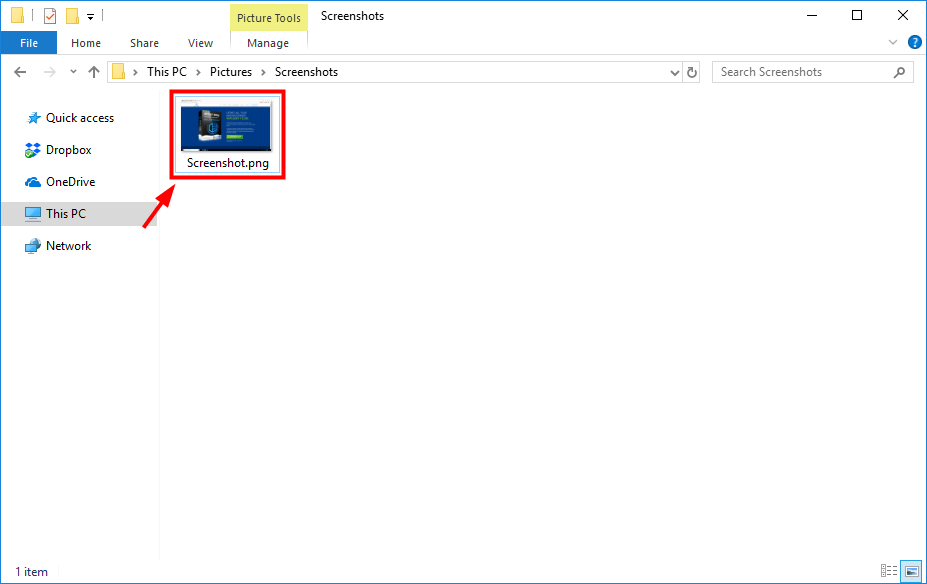
This helps you save your screenshot without using a photo editing program.
If you want to use PrtScn to screenshot a window, you should try the method below. But if you want to capture a part of your screen, or do some advanced photo editing, you may need to see this tip.
2. Take a screenshot of the active window
You can also take a screenshot of the active window (the window currently on the top and in use) using the PrtScn key. Here’s how you can do this:
- Press the Alt key and the Print Screen or PrtScn key on your keyboard at the same time (to capture the active window and save it to the clipboard on your computer).
If your PrtScn key has “Print Screen” or “PrtScn” located under another line of text, you should hold down the Fn key on your keyboard before pressing the Print Screen key.

- Click the Start button in the lower left corner of your screen and type “paint“. Then open the Paint application in the results. (Or you can open the graphics editing program you prefer.)

- Paste the screenshot into the program (press the Ctrl and V keys on your keyboard at the same time).
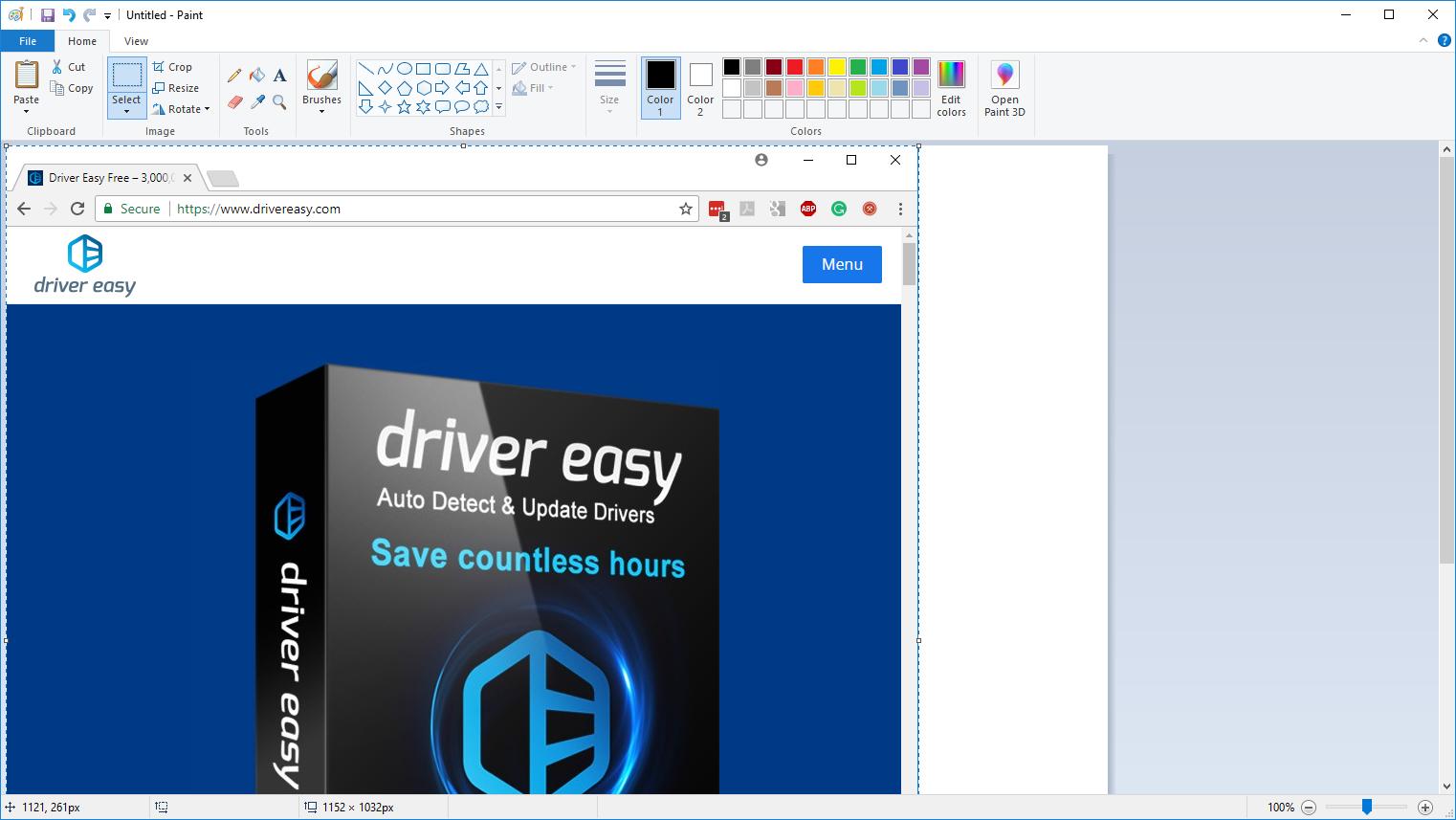
- If the canvas size is larger than your image, click Crop to crop the canvas.
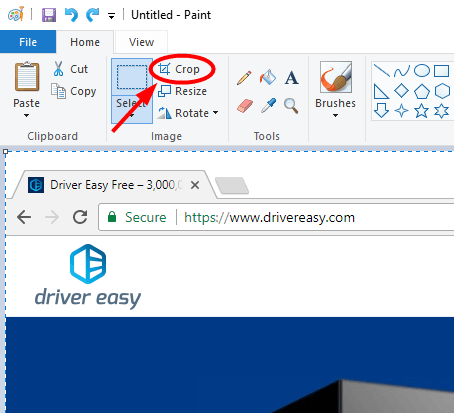
- Click Save to save the screenshot as an image on your computer.

The active window is now captured and saved to your computer.
If the methods above don’t satisfy your need for a screenshot, you may need to try the tip below.
BONUS TIP: Take a custom screenshot
If you want to take a screenshot of a certain area, or if you want to edit your screenshot, the methods above may not be enough for you. Fortunately, there are a few tools that can help you:
- Option 1: You can take a screenshot easily and edit your image professionally by using Snagit.
- Option 2: Choose this option if you only need to take a simple screenshot and don’t need advanced screenshot editing tools.
Option 1: Take a screenshot with Snagit
Snagit is a program that helps you take a screenshot on your computer. You can use it to take a screenshot quickly, you can edit the screenshot easily with its advanced image editing tools, and you can even capture videos.
Taking a screenshot with Snagit takes just a few clicks:
- Download and install Snagit.
- Run and sign in the program, then press the PrtScn key or click the Capture button on the software interface. If your PrtScn key has “Print Screen” or “PrtScn” located under another line of text, you should hold down the Fn key on your keyboard before pressing the Print Screen key.

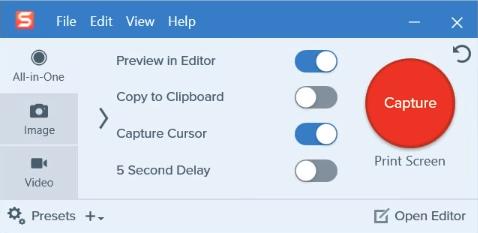
- Hover over windows or regions to auto-select the area, then click it to capture the area. Or click and drag to select a custom area.
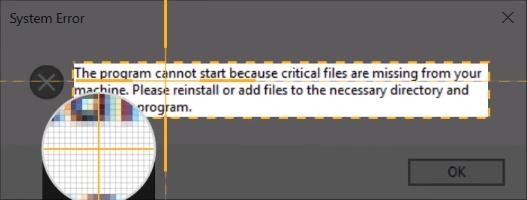
- Click the camera icon on the toolbar to save your screenshot as an image.

- Edit your image on the pop-up Snagit Editor. You can add shapes, text, effects, or make adjustments to your image.
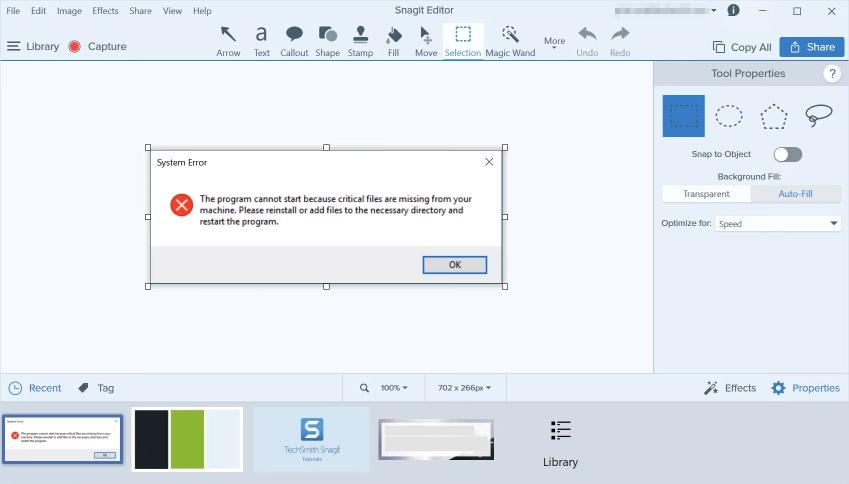
- Save your image. Or click the Share button in the upper right corner to share it.
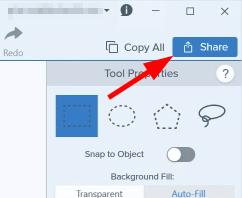 You can only try the full version of Snagit for 15 days. You’ll need to purchase it when the free trial is over.
You can only try the full version of Snagit for 15 days. You’ll need to purchase it when the free trial is over.
Option 2: Take a screenshot with Snipping Tool
Snipping Tool is a Windows built-in screenshot tool. You can use it to capture your screen and do some simple editing. To do so:
- Click the Start button in the lower left corner of your screen and type “snip“. Then click Snipping Tool in the list of results.
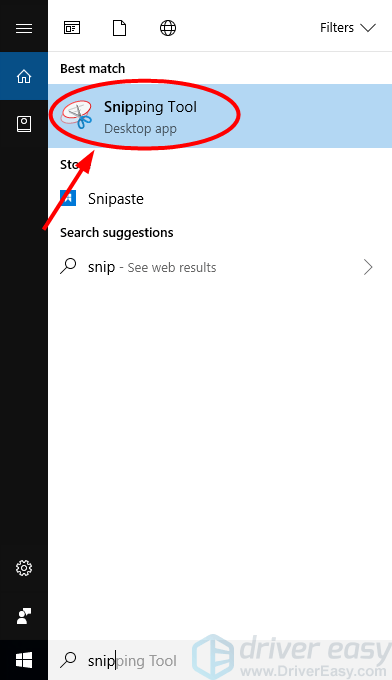
- On Snipping Tool, click New.

- Click and drag your mouse across the region of your screen you’re going to select. Then release the mouse button.
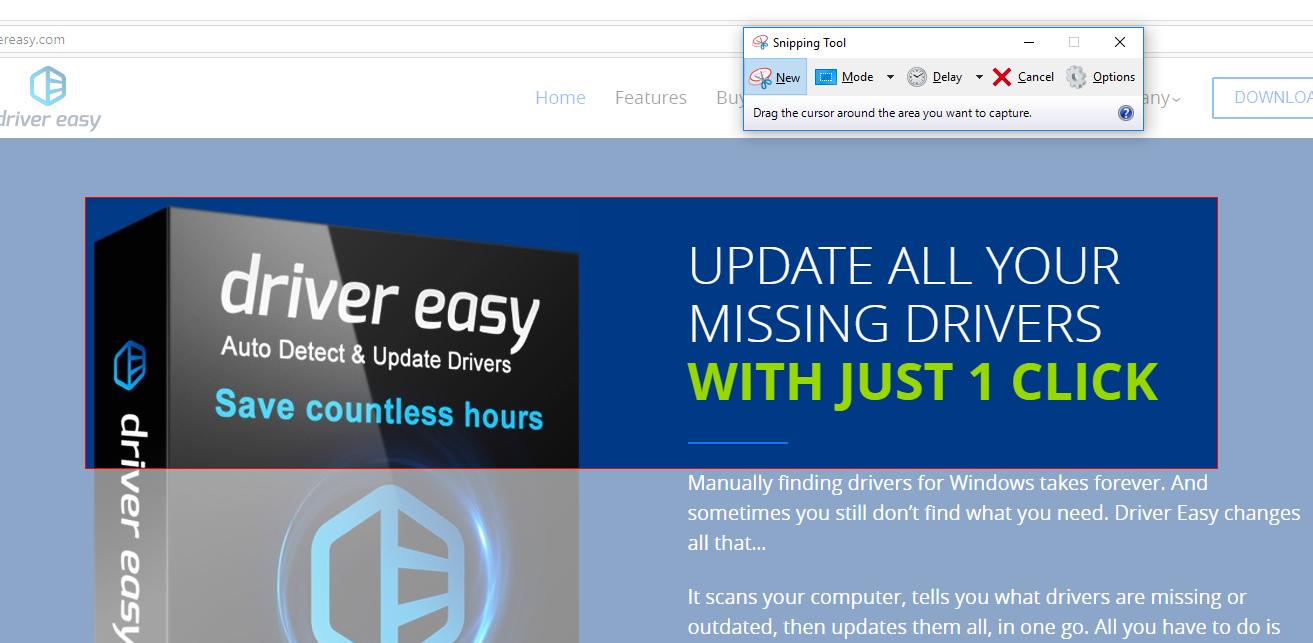
- Click the Save Snip icon to save the screenshot.
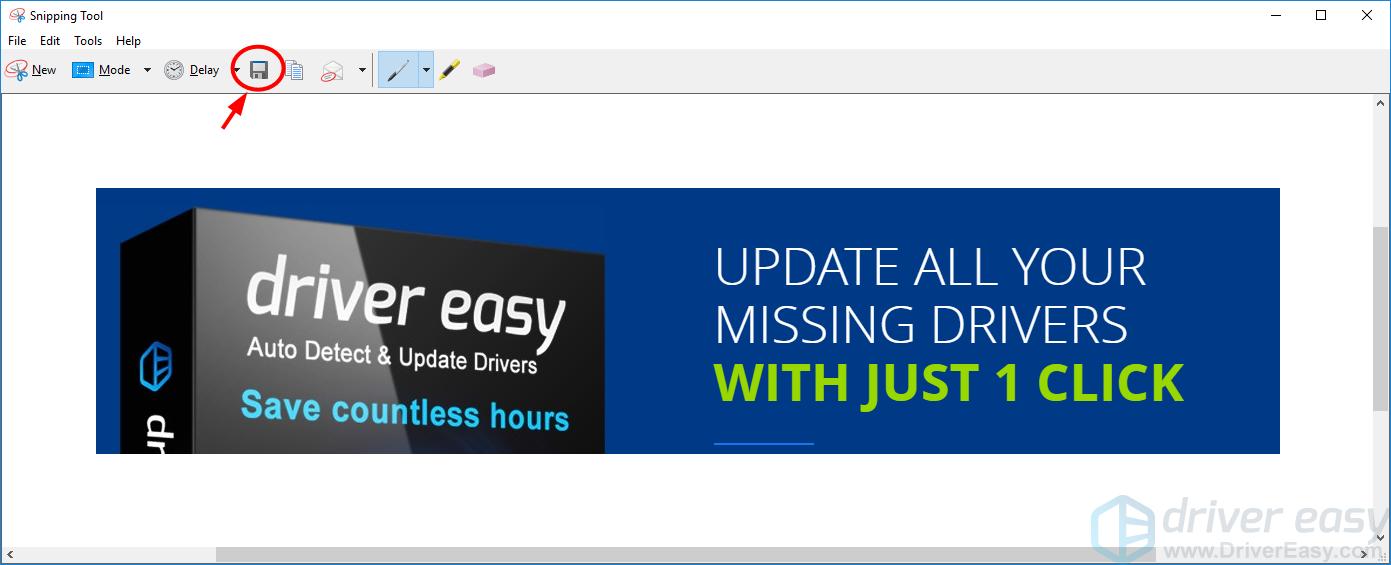
The screenshot will be saved to the place you choose, and you’ll be able to use this image later.
Hopefully, the methods above helped you. Please leave us a comment below if you have any questions or suggestions.





